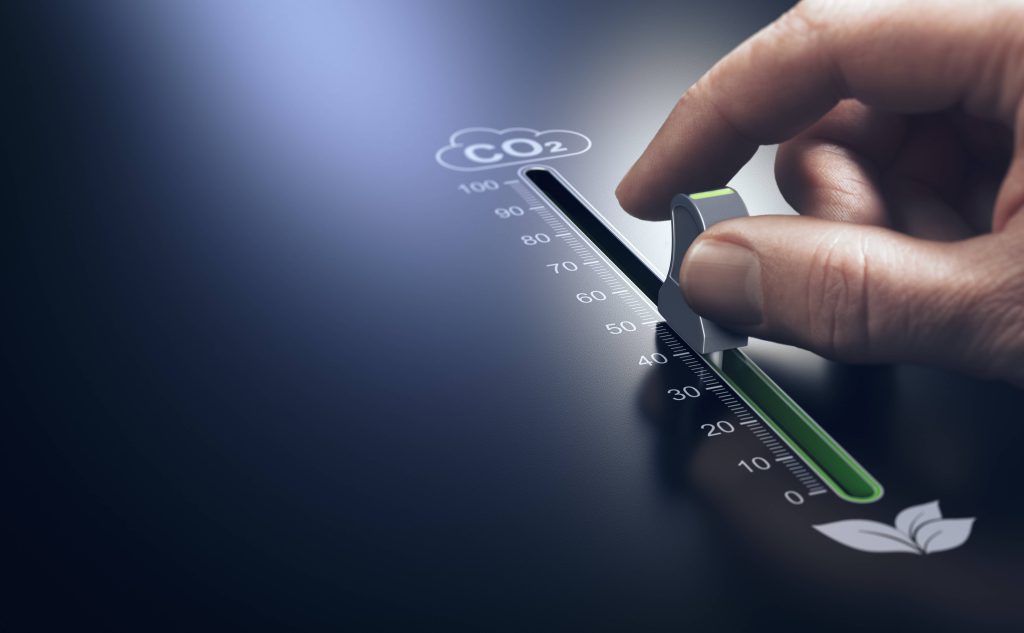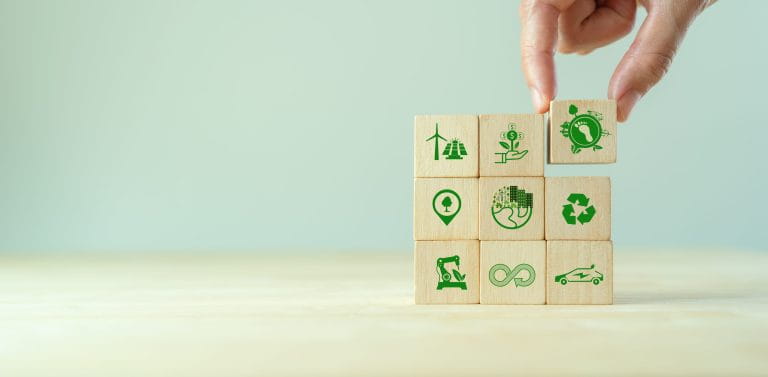We leave it with our behaviours and habits and it's called the ecological footprint. It measures how many global hectares of forest, arable and grazing land and seas it takes to renew the natural resources used and to absorb the waste we have produced over time. Actually, our daily decisions affect the earth's ecosystem more than we think: here's how.
What is the ecological footprint?
The concept of Ecological Footprint was developed in the 1990s by Swiss environmentalist Mathis Wackernagel and Canadian university professor William Rees.
Today, it is one of the sustainability indicators used to determine the impact of an individual, company, community, or nation's activities on climate change. In addition to carbon dioxide (CO2) emissions, it also considers other environmental factors that contribute to shaping the global ecological footprint.
The Global Footprint Network, founded by Wackernagel in 2003, promotes awareness programs to curb the exploitation of environmental resources and raw materials. Its goal is to create a future in which all humans can live within the limits of the Earth's resources.

What are the concepts of the ecological footprint?
As a concept, the ecological footprint measures the consumption of resources and the Earth's capacity to regenerate them.
To do this, it is necessary to consider the impact of certain sectors and components:
- according to data from the Global Footprint Network, 26% of the ecological footprint is connected to food production for humans;
- another significant ecological footprint is related to the production of energy from fossil fuels. It contributes greatly to the emission of greenhouse gases that the Earth cannot absorb fully;
- then there is the fossil footprint due to land consumption for construction, which also reduces forested areas, which are crucial for opposing the effects of greenhouse gases.
- another area with an impactful ecological footprint concerns the use of unsustainable or non-eco-friendly consumer goods. It includes goods such as plastic, with a fossil origin, and all those goods requiring significant use of raw materials.
The adoption of this model allows the prediction of the Overshoot Day every year, previously known as the Ecological Debt Day. It coincides with the day of the year when humanity consumes all the Earth's resources for the current year.
The remaining days become "overshoot," an expression indicating that the maximum limit has been exceeded.
The Global Footprint Network's forecasts suggest that the 2023 Overshoot Day falls on August 2nd.
How is the ecological footprint determined?
Having established what the ecological footprint is, we need to understand how it is calculated.
The operation involves a comparison between the resources consumed by a single individual and the space that a human being occupies.
The ratio is expressed in kilograms per hectare (kg/ha):
- kg indicates the average annual per capita consumption of a consumer good:
- ha is the acronym that identifies the hectare, which is the equivalent of a thousand square metres.
Estimates suggest that each person has between 1.7 and 1.9 hectares of land available to get resources and to dump waste. This space is defined as biocapacity per person.
In 2022 the report indicated a value of 2.6 global hectares. On balance, a figure in excess of the real world availability. So one Earth is not enough.
This is why Overshoot Day turns up earlier and earlier: in the 70s it was in December, in the 80 it was in autumn and just before the new millennium it was in September, at the end of summer.
If the ecological footprint exceeds the biocapacity per person, the scenario of ecological deficit arises.
The world map of ecological deficit is quite clear:
- the phenomenon is widespread in Europe, the United States, Mexico, China and Japan;
- it extends to some African countries (Morocco, Algeria, Tunisia, Libya, Egypt, South Africa);
- it also involves the Middle East, Arabia and India.
The density of the population and the level of economic development must be taken into consideration as variables. Both are factors that affect the demand for resources, the consumption of goods and the production of waste.

What can we do to reduce our ecological footprint?
Individual habits and behaviours can reduce the impact of the ecological footprint.
To help the planet regenerate consumed resources, just pay attention to some good practices in everyday contexts.
Food and food products
- Consume local and seasonal products;
- buy only what is necessary;
- choose sustainable seafood;
- limit meat’s consumption.
Transportation
- Whenever possible, avoid travelling by car and take public transport;
- move by bicycle or with sustainable means;
- opt for the train instead of the plane if possible.
Energy
- Reduce water consumption;
- turn off electronic devices;
- avoid keeping your mobile phone charged for a long time;
- choose energy efficient products.
It is also possible to intervene on rooms’ heating, for example by lowering the temperature by one degree.
To reach thermal comfort in the winter season, 20 °C (68 °F) is more than enough. A higher level only requires greater consumption with consequent repercussions also on the ecosystem.
Advanced technology opens the door to particularly efficient control and management tools. From smart thermostatic valves to regulate the temperature even remotely to boilers and radiators that optimise performance, waste can be kept to a minimum.
Technology helps and the right attention contributes further. Performing regular maintenance on the systems we have in our homes eases their performance: they operate correctly and do not waste precious energy. In this sense, for example, boilers with the required checks reduce the risks of having a negative impact on the environment.
Simple investments that contribute to sustainable development and thus the ecological footprint on the world can be really clean.









































